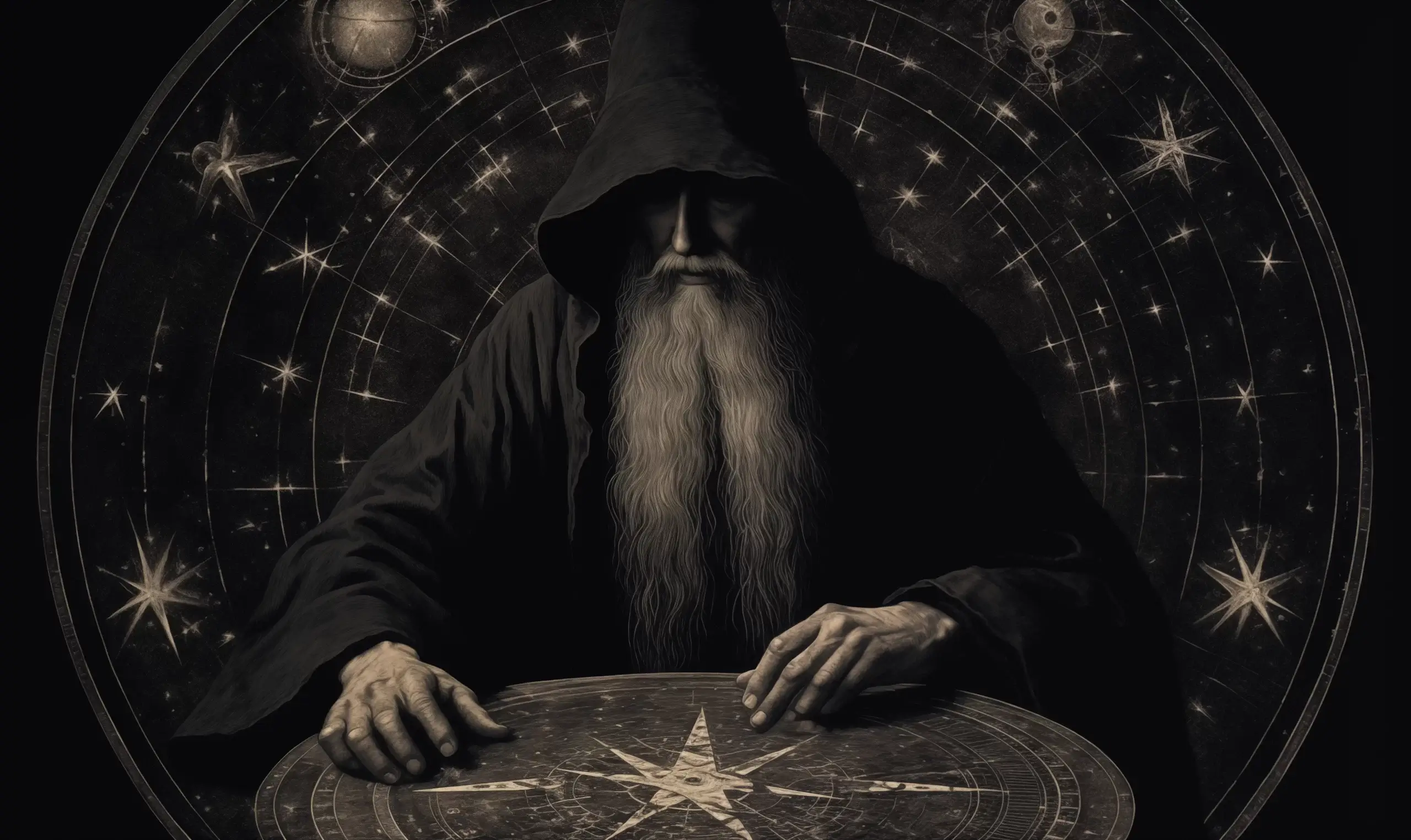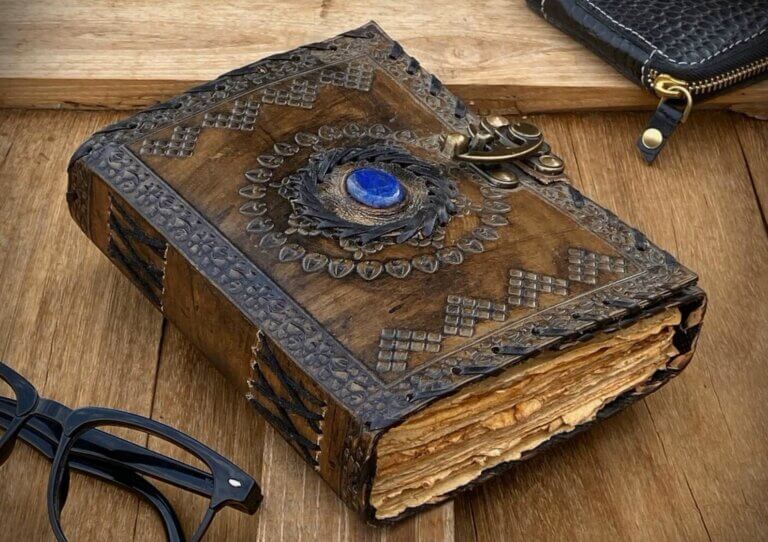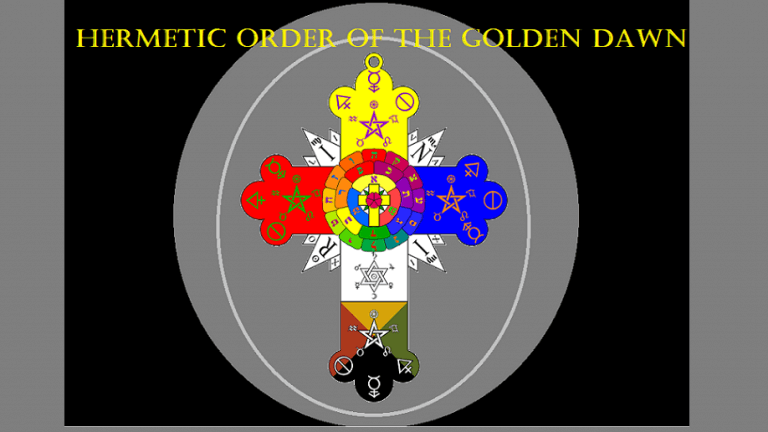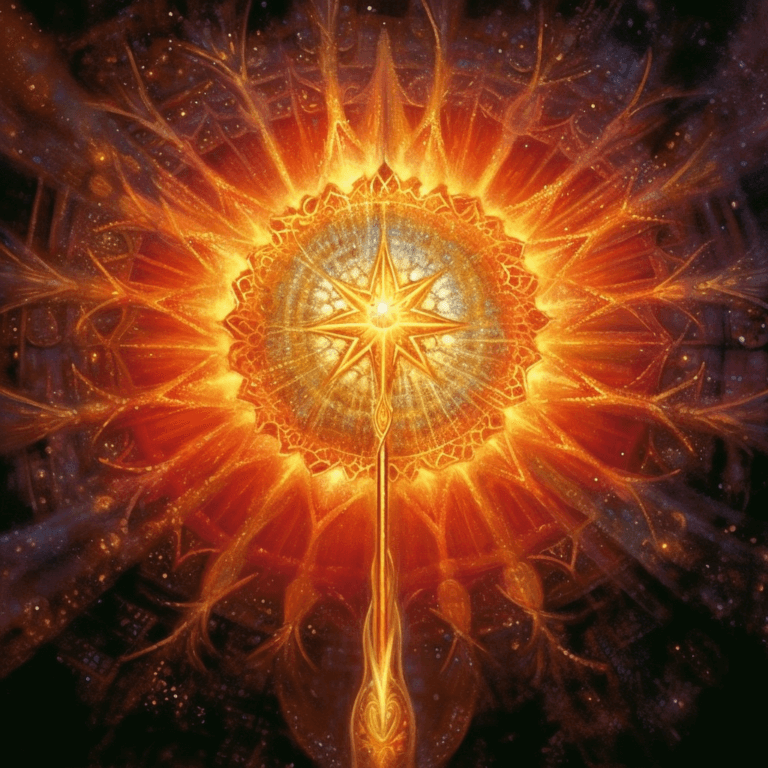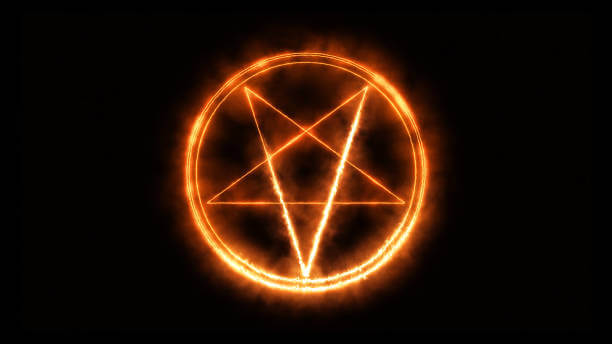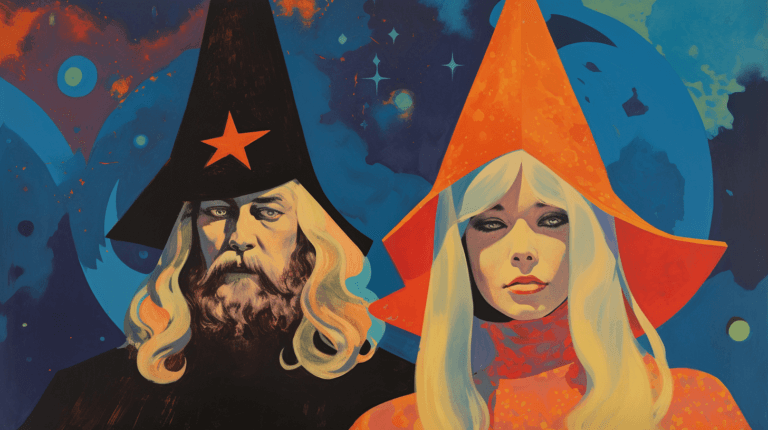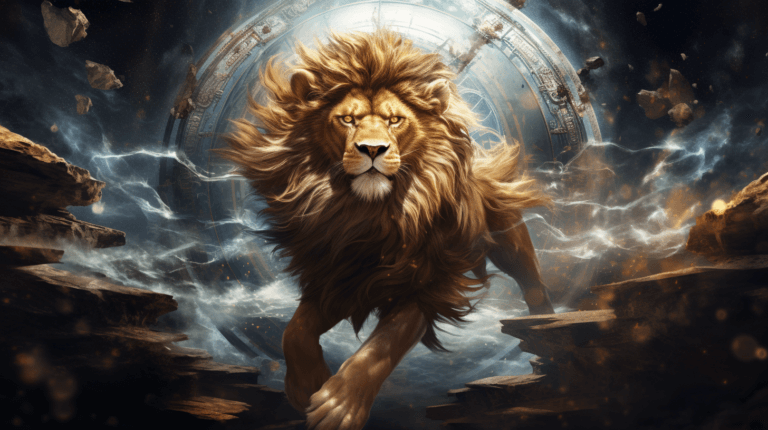The Pentacle: A Symbol of Earth and the Elements
Historical Roots and Symbolism
The pentacle is one of the oldest symbols in Western esotericism, with its five points traditionally representing the four elements of Earth, Air, Fire, and Water, topped by Spirit, which governs them. This symbolism is deeply rooted in the philosophies of classical antiquity and was later adopted by pagan and Wiccan traditions as a sign of faith and a means of protection.
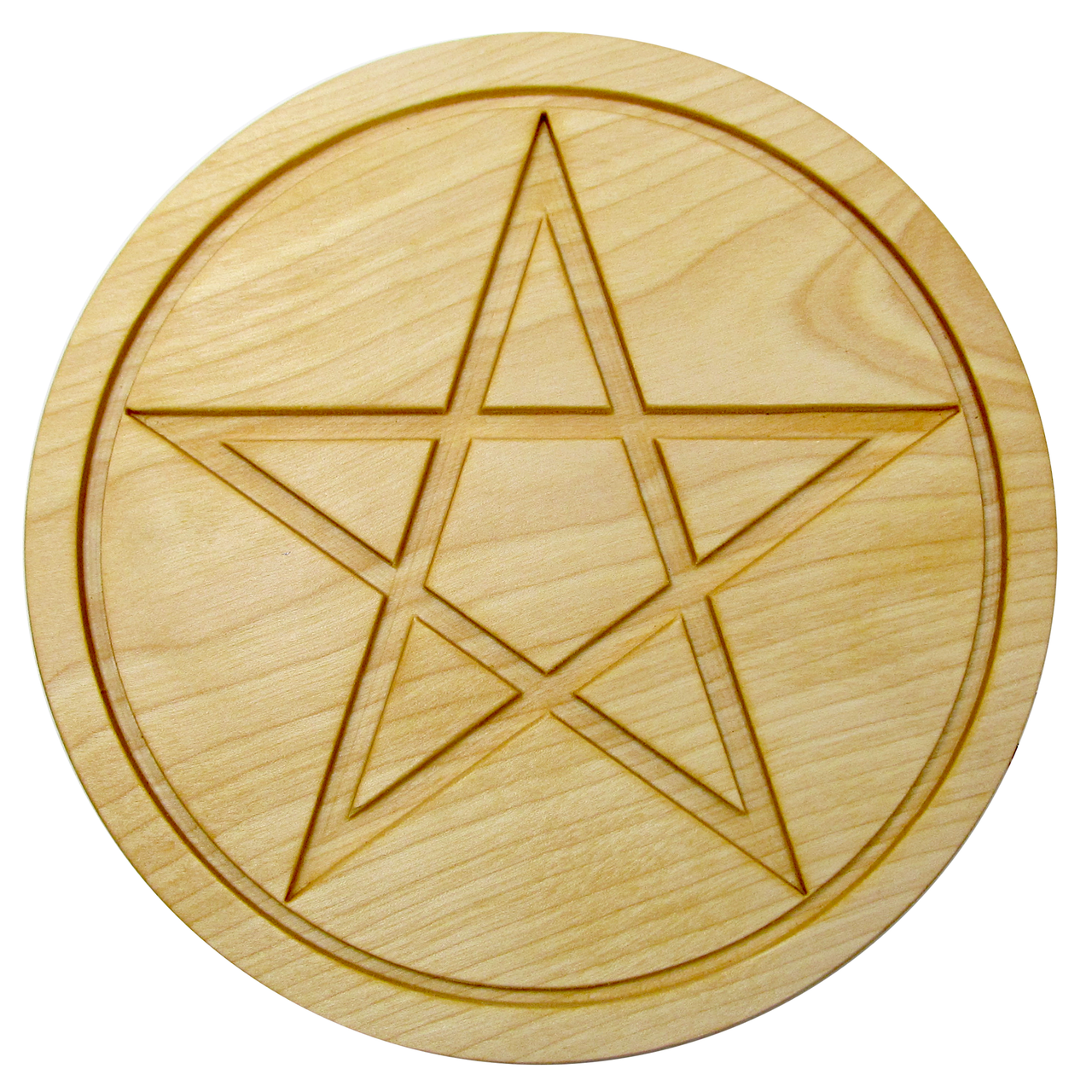
The Pentacle in Ritual Use
In ritual practice, the pentacle serves as a physical and metaphorical grounding point. Its use in casting and banishing circles protects the practitioner from external influences and aids in the control of elemental forces during magical work. The pentacle is also seen as a representation of the human body, with its five points correlating to the head and limbs, emphasizing the relationship between humanity and the divine.
The Golden Dawn’s Hexacle: A Newer Magical Convergence
Development within the Golden Dawn
The hexacle, conceived by the Hermetic Order of the Golden Dawn, represents a complex confluence of esoteric traditions. The Golden Dawn, established in the late 19th century, synthesized elements from various mystical and occult traditions to form a unique framework for understanding and practicing magic.

Symbolic Integration and Meanings
The hexacle integrates the pentacle with the hexagram. The hexagram itself is a figure of combination, embodying the mystical union of opposing forces, such as the divine and the material. The addition of the hexagram adds a level of spiritual synthesis to the earthy foundation of the pentacle, suggesting an ascent from the material to the astral plane.
Comparative Significance in Occult Practices
Elemental versus Celestial
The traditional pentacle is primarily associated with the tangible, the physical elements that make up the world and the immediate spiritual force that enlivens them. In contrast, the hexacle, with its incorporation of the hexagram, reaches for a higher plane of existence, reflecting the Golden Dawn’s focus on celestial magic, including astrology and theurgy.
Practical Applications in Modern Rituals
Practitioners use the pentacle and hexacle for different purposes: the pentacle often for earth-based magic and the hexacle for workings that involve more complex, celestial influences. This usage underscores the different levels of reality that each symbol is believed to access and manipulate.
The Pentacle and Hexacle in Contemporary Magic
The Evolution of Symbols
While the pentacle has remained largely consistent in its meaning and usage, the hexacle reflects the evolutionary nature of esoteric symbols. As contemporary magicians continue to seek greater understanding and power, the symbols they use grow and change to accommodate these expanded needs.
The Pentacle and Hexacle Today
Today, the pentacle and hexacle are used by a wide array of esoteric practitioners, from Wiccans to the modern adepts of the Golden Dawn’s teachings. They are seen not only as tools for magical practice but also as emblems of philosophical and spiritual identity.
Conclusion: The Enduring Legacy of Esoteric Emblems
The pentacle and hexacle endure as powerful symbols in the occult. They provide a fascinating glimpse into the ways ancient wisdom is continually reinterpreted and reinvented to suit the spiritual and magical quests of each new generation. Whether used in traditional pagan rites or the sophisticated ceremonies of the Golden Dawn, these symbols encapsulate the rich tapestry of the Western magical tradition.

